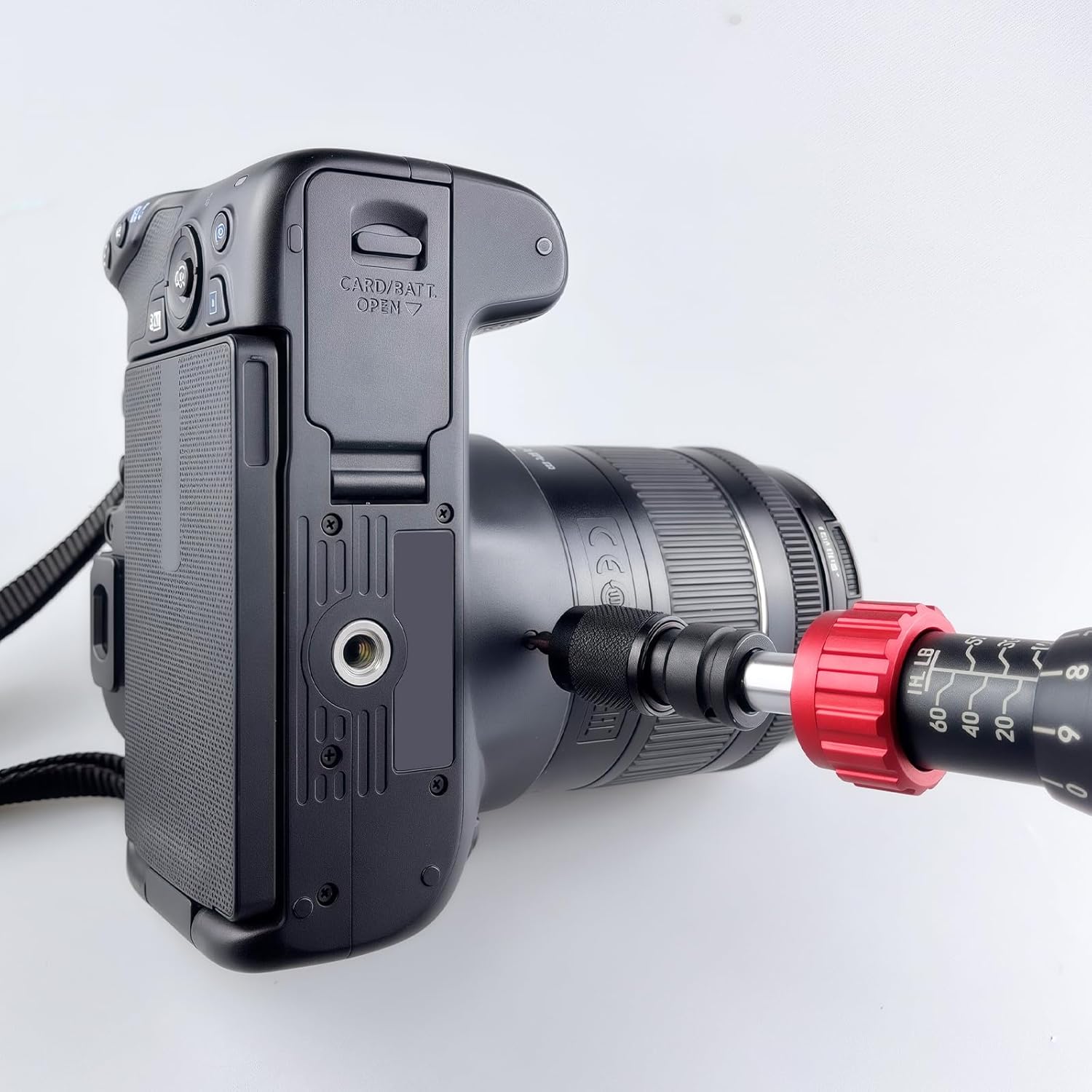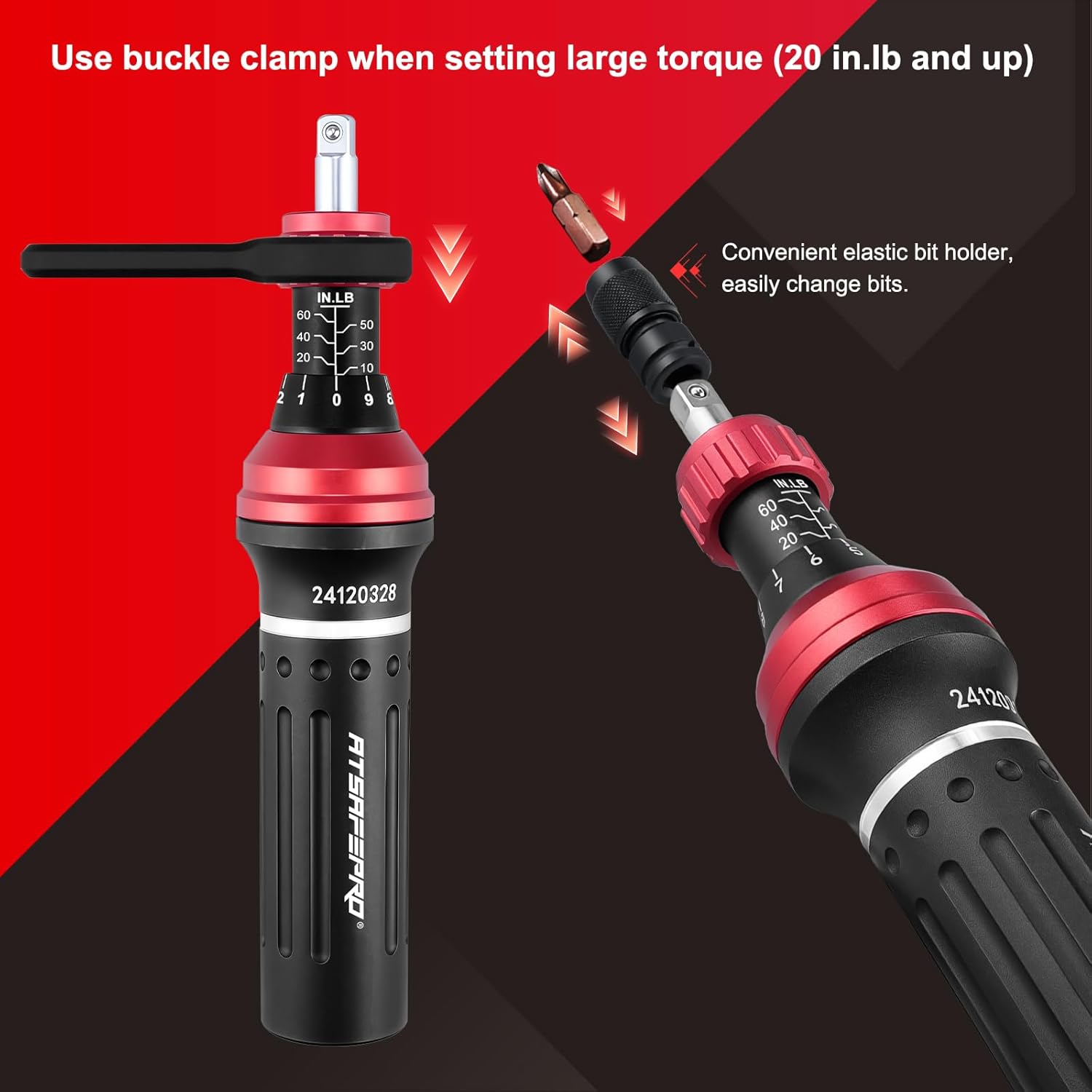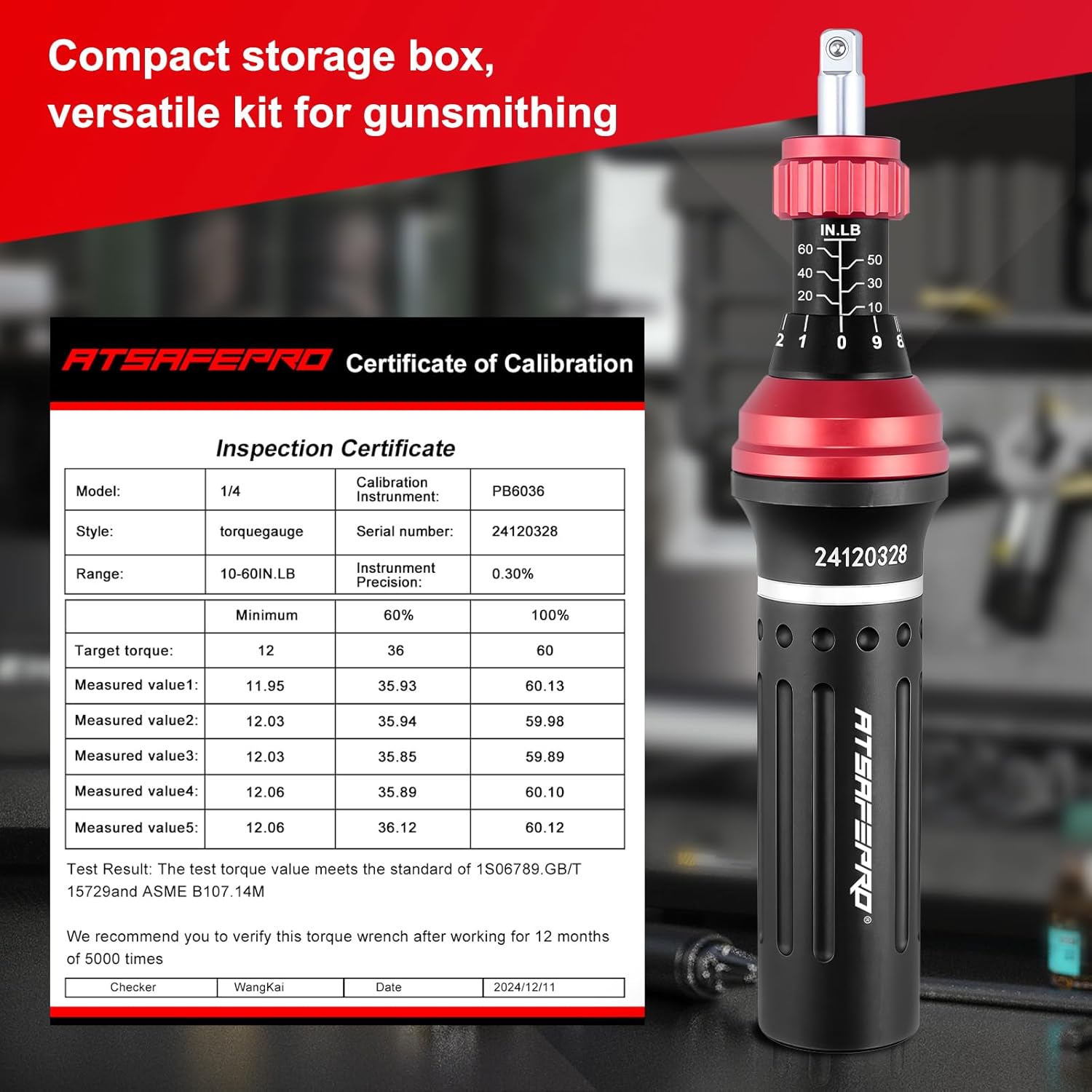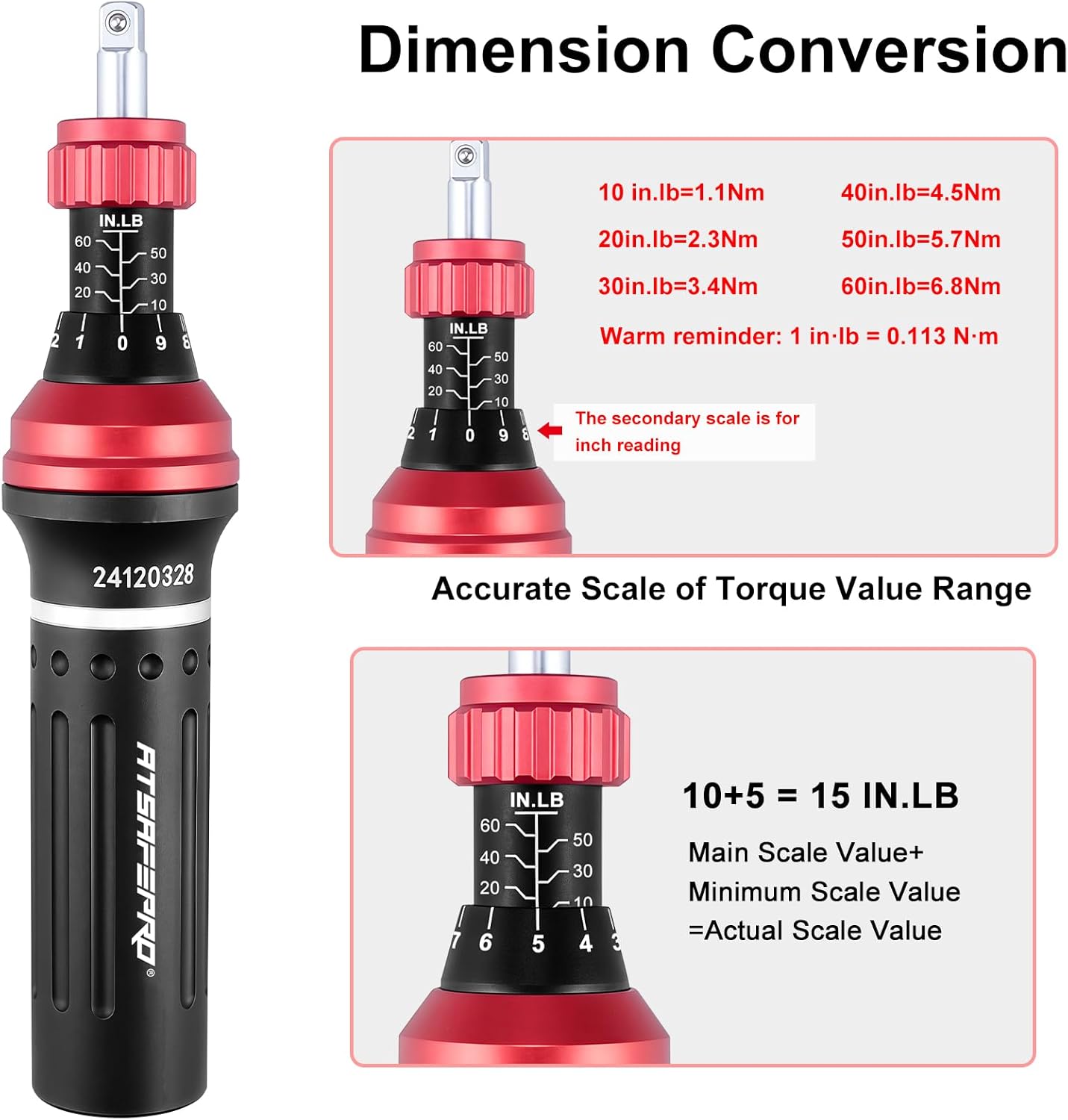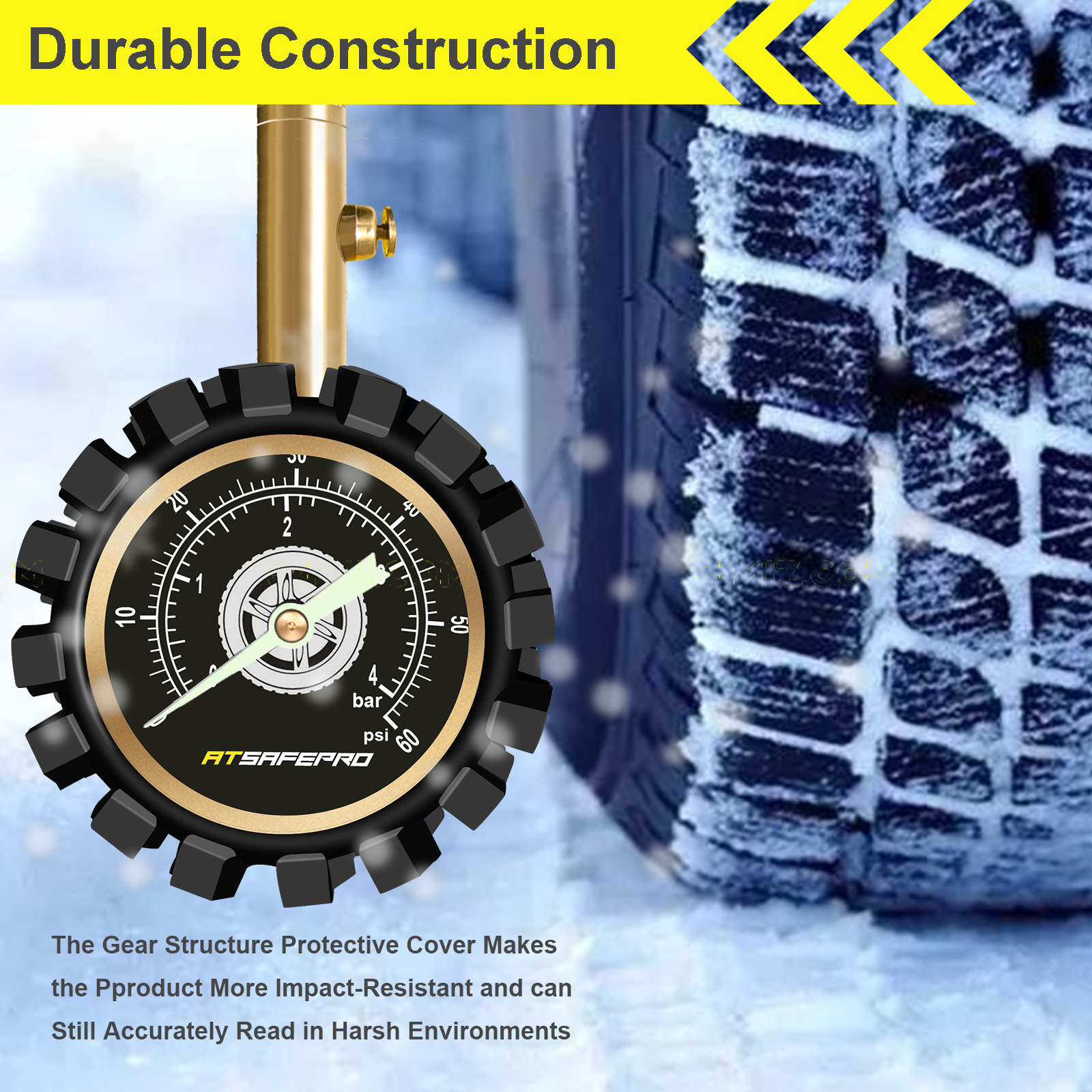
Mastering Tire Pressure in Off-Road Driving: The Key to Traction, Control, and Safety
Why Tire Pressure Matters More Off-Road
On the highway, most drivers think of tire pressure as a routine maintenance task linked to fuel efficiency or tire life. Off-road, however, it becomes the single most critical factor. The wrong PSI can mean getting stuck in sand, sliding out in mud, or bouncing dangerously over rocks. Proper tire pressure allows the tire to adapt its footprint to the terrain, enhancing traction, stability, and safety.
According to field data from off-road driving schools, drivers who actively adjusted PSI for conditions reduced recovery incidents by nearly 50%. That’s not just a number — it’s the difference between finishing your trail run or calling for a tow.
How Tire Pressure Influences Off-Road Performance
Tire pressure directly affects how a tire deforms against the ground:
-
Low Pressure → increases the contact patch, allowing better grip on soft terrain like sand or snow.
-
High Pressure → stabilizes the tire for rocky surfaces or highways but reduces traction on loose ground.
-
Too Low → risks bead separation, sidewall collapse, and rim damage.
-
Too High → causes excessive bouncing, wheel spin, and loss of control.
The art of off-road driving lies in finding the sweet spot between grip and protection, and that balance changes with every surface.
Traction and Control Across Off-Road Conditions
Sand
Lowering PSI to 12–16 allows the tires to float, preventing them from digging in. Without adjustment, overinflated tires sink and strand vehicles within minutes.
Mud
A moderate PSI of 18–22 lets tires bite into soft mud while maintaining steering control. Too much pressure and you spin out; too little and the vehicle feels unstable.
Snow
Reducing PSI to 20–25 increases tire footprint, helping grip icy surfaces. However, underinflation risks sidewall failure in cold temperatures.
Rocks
Running 22–28 PSI protects wheels while providing enough flex to climb over obstacles. Excessive inflation causes bouncing, while too little risks rim and sidewall damage.
The Essential Role of a High-Quality Tire Pressure Gauge
All of these adjustments rely on knowing your PSI accurately. An unreliable gauge means guesswork, and in off-road conditions, guesswork leads to failure.
A rugged, high-accuracy tire pressure gauge ensures:
-
Consistent readings in extreme heat, cold, and dust.
-
Precise PSI control for different terrains.
-
Durability to survive trail conditions.
ATSAFEPRO designs both digital and mechanical tire gauges specifically for off-road drivers who can’t afford mistakes. Paired with deflators and portable inflators, these tools turn a difficult adjustment into a quick, reliable routine.
From Theory to Trail: Why Every Off-Roader Needs a Reliable Tire Gauge
Tire pressure is not just a number — it is the foundation of safe, controlled, and enjoyable off-road driving. By adjusting PSI for sand, mud, snow, and rocks, you gain better traction, protect your vehicle, and prevent costly recovery situations. But without a high-quality tire pressure gauge, even the best strategies fall apart.
Explore ATSAFEPRO’s off-road tire gauges and tools or contact us to build your complete kit before your next adventure.



